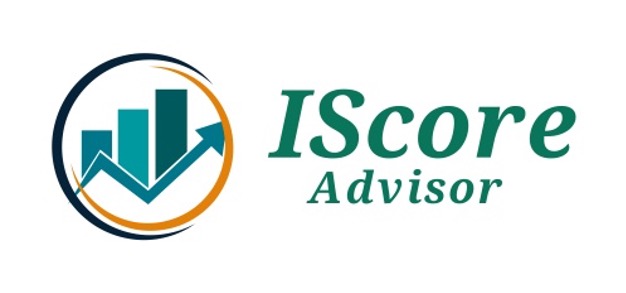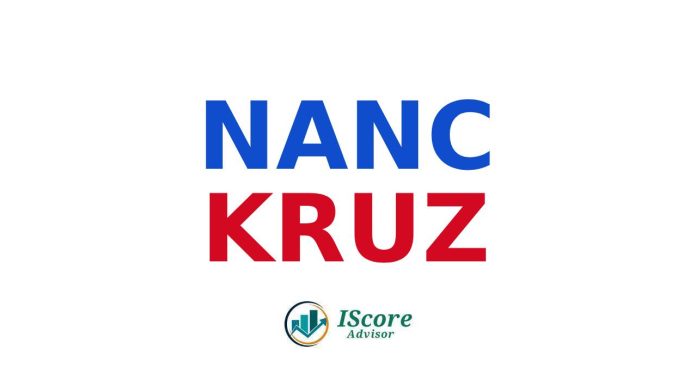What are NANC and KRUZ ETFs?
NANC (Unusual Whales Democratic ETF) and KRUZ (Unusual Whales Republican ETF) are the thematic exchange-traded funds (ETFs) that track the stock investments of prominent U.S. politicians, specifically those associated with Democratic and Republican parties, respectively.
These two ETFs are launched by launched by Subversive Capital, a firm known for creating innovative and sometimes provocative investment products.
Why NANC and KRUZ?
Since its inception last year, NANC’s performance with 36.83% growth has surpassed that of SPY (31.15%), according to Portfolioslab.com. In contrast, KRUZ has underperformed SPY, with only 17.81%.
According to the same platform, NANC and SPY have a high corelation of 0.94, which is demonstrated in the similar patterns of both in the last year.
Source: Portfolioslab.com
Politicians outperform the market
In 2022, Congressional Democrats outperformed the market by 16.5%, while Congressional Republicans outperformed by 18.6%. During the same period, the SPY (S&P 500 ETF) was down 18.2%.
Source: Unusual Whales 2022 report
In 2023, 33% of Congress members beat the market, with Brian Higgins topping the rank with 238.9% returns, and Nancy Pelosi 65.5%, while SPY was 24.8%.
Source: Unusual Whales 2023 report
According to studies by Alan J. Ziobrowski, who tracks trades of members of the House of Representatives from 1985 to 2001, Representatives outperformed the market by 6% annually. In an older study, he found U.S. Senators, from 1993 to 1998, outperformed the market by about 12% per year, which is even better than Warren Buffett’s average annual return during that period.
Unusual Whales, the financial data tracking platform that is named after NANC and KRUZ, released a report analyzing Congressional stock trades during 2021, and found that both Congressional Democrats and Republicans outperformed the market (with 14.7% returns compared to 13.6% of SPY).
These reports fueled public criticism and calls for stricter regulations on stock tradings by members of Congress.
To check more details about the investment portfolio of U.S. politicians released, we recommend you can check a platform called Quiver Quantitative.
Nancy Pelosi’s portfolio data. Source: Quiver Quantitative
Insider trading of U.S. politicians
The funds are based on assumption that these politicians have valuable insights that could lead to better investment outcomes, especially on some upcoming policies and market-moving events.
Then we have to talk about the insider tradings (or suspected cases) involving U.S. politicians, especially Congress members. There have been several high-profile cases and instance where U.S. politicians have been accused or suspected of engaging in insider trading or making well-timed stock trades that raised ethical concerns.
Nancy Pelosi is the key figure that are mentioned a lot in these suspected cases. She and her husband, Paul Pelosi, have made headlines for their stock trades.
Paul Pelosi, a venture capitalist, has made significant stock trades, particularly in technology companies, that have coincided with legislative actions or policy announcements.
For example, in 2022, Paul Pelosi purchased a significant numbe of shares in Nvidia, just before Congress was set to vote a bill that would provide subsidies to boost the U.S. semiconductor industry. The trade was valued at between $1 million and $5 million.
In December 2021, he exercised call options to purchase share of Alphabet, the parent company of Google, at a strike price of $1,200 pershare, the trade was valued between $500,000 and $1 million.
Since 2016 until now, Nancy Pelosi’s wealth has more than doubled and in the year 2022, she bought several times of Nvidia’s stock, most of them have grown more than 5 times in value.
Nancy Pelosi’s transactions in 2022. Source: Quiver Quantitative.
But they are not the only one.
Early in 2005, Senate Majority Leader Bill Frist faced allegations of insider trading when he sold all his shares in hospital chain HCA shortly before the company reported disappointing earnings. While Frist denied wrongdoing, the SEC ultimately did not charge him.
During the 2008 financial crisis, several member of Congress were scrutinzed for selling large amounts of stock after receiving private briefings about the impending economic downturn. These raised suspicions that the politicians were acting on insider informaiton, but no charges were brought due to the lack of clear legal frameworks.
There are still a lot examples.
Then in 2012, then Obama administration introduced the Stop Trading on Congressional Knowledge Act (“STOCK Act”), which requires members of Congress disclose their investments.
STOCK Act. Source: Congress.gov
STOCK Act filings are submitted to either the Senate Office of Public Records or the Clerk of the House of Representatives and are made available online in accordance with the Ethics in Government Act (EIGA), as amended.
That’s why we can now track the portfolios of the Congress members, though within 45 days of the transaction. So when we learn about their transaction, it is already about one or two months later.
However, as we can see from above examples, even 10 years after the introduction of the STOCK Act, there are still suspected cases about these insider tradings.
Its enforcement has been criticized as weak and inconsistent. But that is another story.
NANC and KRUZ holdings
NANC ETF is often referred as the Nancy ETF, because it tracks stock investments of U.S. Democratic politicians, with a particular reference to Nancy Pelosi, the former Speaker of the U.S. House of Representatives, although it is not officially endorsed by her. It includes in its holdigns stocks like Nvidia, Meta, Eli Lilly, CrowdStrike, Netflix, Disney, and Microsoft.
In contrast, KRUZ ETF is often referred to as the Cruz ETF, with a name that references Senator Ted Cruz, though not endorsed by him, either. It holds stocks reportedly favored by Republican lawmakers, such as Nvidia, Comfort Systems, and a mix of financial and energy companies.
Based on its prospectus, 90% of NANC holdings are common stocks, focusing on high-rising technology sector, while around 10% are money market funds and fixed income ETF, with low risk and high liquidity (PIMCO Enhanced Short Maturity Active ETF and First American Government Obligations Fund).
In contrast, KRUZ has more than 99% holdings are in common stocks, with focus on more conservative energy and industrial sectors.
The slight allocation to cash equivalents and fixed income securities in NANC allows potential shifts in the portfolio during volatile times, while KRUZ’s portfolio on traditional equity investment requires less concern for short-term liquidity needs.
Source: NANC ETF prospectus
KRUZ ETF holdings screenshot. Source: KRUZ ETF holdings
Risks
Investing in NANC and KRUZ carries several risks, some of which are unique to the nature of these funds.
The primary risk lies in the uncertainty of the disclosure requirements or restrictions on the politicians.
If new law and regulations are passed that restrict the ability of Congress members along with their relatives or even family members, to trade stocks or require more stringent disclosures, the core strategy of these ETFs could be impacted.
These ETFs might also face ethical questions and reputational risks due to their focus on the trading patterns of political figures. Public perception and media coverage could negatively impact investor sentiment and the funds’ performance.
While the performance of both ETFs may not perfectly match the returns of the portfolios they aim to replicate due to differences in timing (and the 45-day rule), selection, or management, the regulatory changes would make the tracking error stronger.
If fortunately there are more transparent requirements, the gap between the politicians would be narrowed further. In that scenario, investing in SPY would be a more diversified and secured option than investing in NANC, not to mentioned that KRUZ performed worse in returns than SPY in the last year.
With different industry focuses, these ETFs could be impacted by overall industry performance, macro economic factors, including changes in interest rates, or economic downturns.
Although both showed a relatively high performance in the trailing twelve months, they are relatively new and niche ETFs, which means they have lower trading volumes. This could make it difficult to buy or sell large quantities of share without affecting the market price, leading to liquidity risk.
Market cap of NANC. Source: Seekingalpha.com
Last, the ETFs have a relatively high annual expense ratio of 0.75%, which can eat into returns, especially in comparison to broader market ETFs with lower fees (again, SYP with only 0.09% and VOO has 0.03% ratio.)
Over time, these higher fees could make a significant difference in net returns to investors.
Source: KRUZ prospectus
—
Iscore Advisor:
The content in any of the Iscoreadvisor.com webpages shall not be construed as financial advice and may be outdated or inaccurate; it is your responsibility to verify all information.

